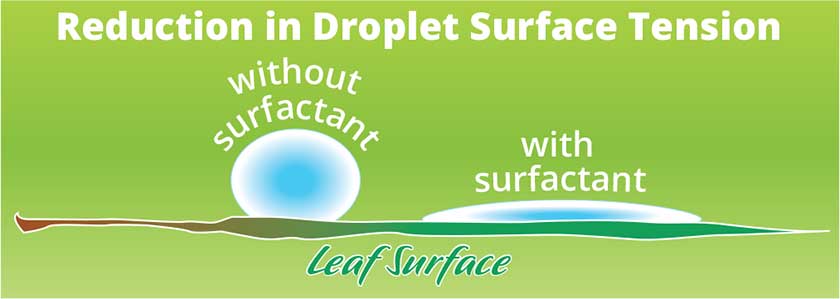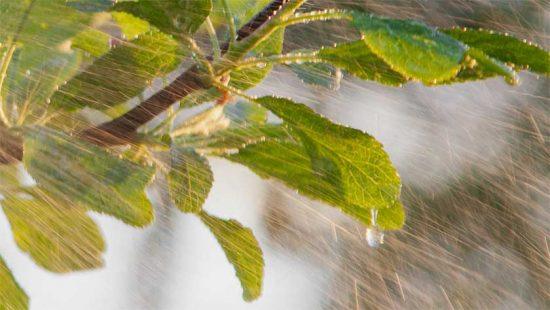Adjuvants
Adjuvants are products used to improve the results of a pesticide and are set to be a vital addition to sprayers in the coming years. The steady reduction in available weed killer, insecticide and fungicide products mean there is a gap in effective products for some pests and weeds so adjuvants are going to be necessary to get the job done. Throughout this article we are going to look in to how adjuvants are a valuable addition to a spray mix.
Surfactants
Surfactants are one of the most commonly used type of adjuvant. They act by reducing the surface tension between the spray droplet and the leaf surface allowing more surface area contact with the plant, meaning more chances for the pesticide to penetrate the target weed to get the best result first time without having to revisit the site and repeat the treatment.

Activator Adjuvants
Activator adjuvants are commonly known by a number of terms, such as; surfactants, wetters, spreaders, stickers and penetrators. These adjuvants have a whole host of attributes that are beneficial when spraying. They can improve performance, increase herbicide activity & absorption into the plant tissue as well as speeding up rainfastness – some will help stick weed killer onto shiny surfaces – such as ivy. Depending on the adjuvant that you use, they may allow a reduction in herbicide use, this makes them ideal for an IPM (Integrated Pest Management) programme as well as helping you save money.
Special Purpose Adjuvants
Special purpose adjuvants are used to physically alter the characteristics of a spray solution. There are a couple of different categories that are included within this section of adjuvants.
Buffering Agents
This type of adjuvant changes the physical characteristics of the spray mix to help the efficacy of the solution. The most common of these are pH buffers or acidifiers that are used in hard water areas and they reduce the effects of calcium lock up on herbicides. Without the use of these adjuvants, such as Kplus, calcium and magnesium in mains water can immediately reduce spray strength by up to 40%. Some other types of special purpose agents available are spray de-foamers and drift reducers which help the sprayer apply the solution more accurately onto the target area.
Indicator Dyes
Indicator dyes are food-grade, degradable colourants (blue, red...) added to a pesticide mix, often used by councils and contractors to help show where they have sprayed a weed killer. Not only does this help them to avoid overspray but also avoid the risk of double application. Mixing in an indicator dye clearly marks the treated areas for customers and the public alike.
In conclusion, adjuvants are extremely useful when it comes to spraying. They can improve the results of the product that you are using, make the application process easier and in some cases, help to save you money. Their availability and in the future make them essential and much more than just a luxury.





